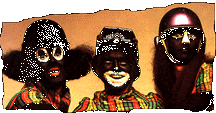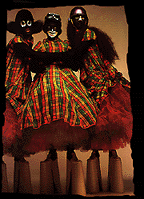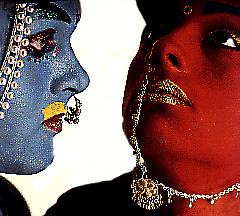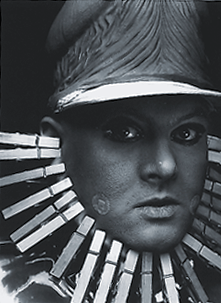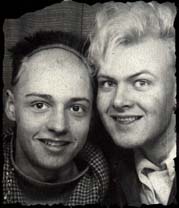 |
In the nnocturnal carnival of celebrated and exaggerated marginality that was the world of underground club culture in the early '80s all freaks were not created equal. Amidst the flurry and fury of drama queens and fashion fiends, some, such as Leigh Bowery, |
one and one is two |
|
| bitch | |
| body | |
taboo | |
stood out above and
beyond the rest of the pansies and posers. Born out of
a time when the
antisocial confrontations of
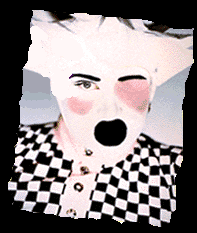


'70s punk became distilled in increasingly more outlandish and creative fashion signifiers
(epitomized by
the
foppishly flamboyant farce of New Romanticism), when the extremes of one era erupted in an even wilder and
more reckless decadence rife with nihilistic and alienated self-destruction, the type of drug-fueled, hard-core,
gender-bending, and Diony sian deviancies
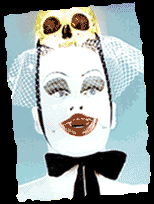 |
as much a reaction against the ultraconservative moralisms of the Thatcher / Reagan agenda as an expression of
|



